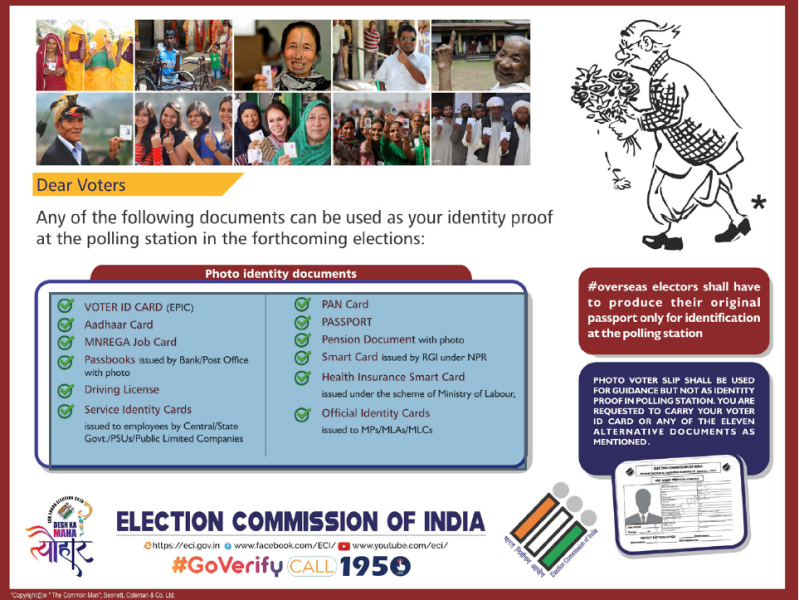You can apply for a new Driving License (DL) in any state where:
- You either live or ordinarily conduct business, or
- Where your driving school from where you have taken your training is located
You must apply for a DL after 30 days and within 180 days (6 months) of the issuance of the Learner’s License. Please note that you need either a learner’s license or a Driving Certificate from a driving school that has been accredited by a body notified by the Central Government .
Procedure for Applying In-Person
Step 1 – You should go to the Regional Transport Office (RTO) or Regional Transport Authority (RTA) of your state
Step 2 – You should fill and submit the application form
Step 3 – You should submit the following.
- A valid learner’s licence issued by a the RTO, if any (original and a self-attested copy)
- 3 recent Passport size photographs
- Proof of identification (original and a self-attested copy)
- Proof of age (original and a self-attested copy)
- Proof of residence (original and a self-attested copy)
- Declaration of physical fitness, which will be available on your state’s website or your state’s RTO’s office. For example, for Delhi, you can download the form here.
- The prescribed fee. This fee varies across states.
Step 4 – You should take the driving test, on the scheduled date, as conducted by the RTO/RTA, which will certify your ability to safely drive and handle a motor vehicle. However, you don’t have to take a driving test if you already hold a driving license, and the time between the expiry of that license and your application for a new license does not exceed 5 years.
Step 5 – After passing the test, you should submit your passport sized photographs, or get a photograph clicked, and submit your finger impressions.
Step 6 – You can check your application status here, with your application number and date of birth.
Step 7 – You can then collect your DL. Sometimes, the RTO/RTA may deliver it to your address, but you should ask the RTO/RTA for the details on this step.
Online Procedure
Step 1 – You should visit the website of Ministry of Road Transport and Highways, and click on “Apply Online”, and subsequently on “New Driving License”. This will redirect you to a page that will instruct you on how to fill out the application online.
Step 2 – You should fill in the application form.
Step 3 – You should upload the documents, which are the same as the ones mentioned above, and the fee, and submit the application.
Step 4 – You should take a print-out of the filled application, along with the reference number, and submit it at the relevant RTO/RTA.
Step 5 – You should take the driving test on the scheduled date, as conducted by the RTO/RTA. The details of the test are given above.
Step 6 – After passing the test, you should submit your photographs and finger impressions.
Step 7 – You can check your application status here, with your application number and date of birth.
Step 8 – You can then collect your DL. Sometimes, the RTO may deliver it to your address, but you should ask the RTO for the details on this step.
If you require any additional help and support, please see here.
Read this Delhi government resource to know more on driving licenses.
